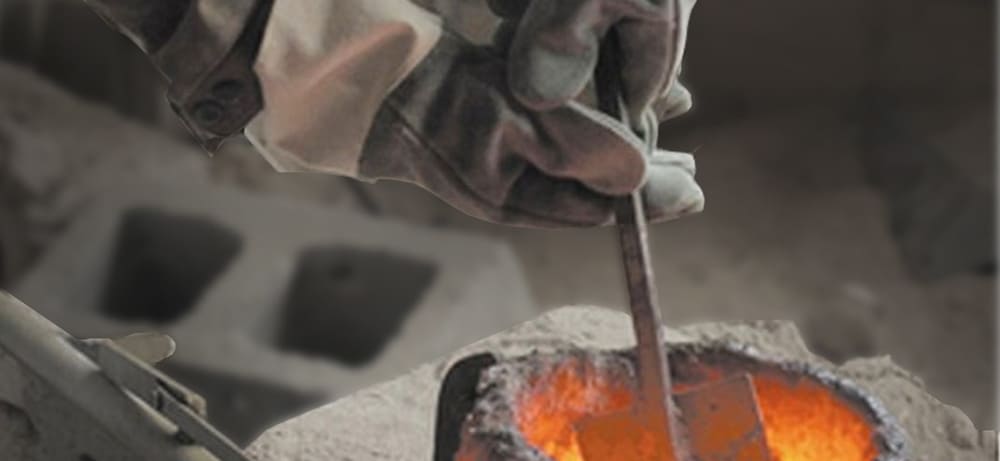How to Choose Heat-Resistant Gloves

When it comes to handling tasks involving high temperatures, such as cooking, welding, or industrial work, it is crucial to prioritize safety and protect your hands from potential burns and injuries. Heat-resistant gloves play a vital role in providing adequate protection in these situations. However, selecting the right pair of heat-resistant gloves can be a daunting task. In this article, we will guide you through the process of choosing heat-resistant gloves effectively.
1、Determine the Required Heat Resistance Level:
Different tasks involve varying temperature levels. Before purchasing heat-resistant gloves, it is essential to identify the specific heat resistance level required for your intended application. Consider the highest temperature the gloves will be exposed to and select gloves with an appropriate temperature rating. Typically, gloves are labeled with their maximum heat resistance capacity, such as 500°F (260°C), allowing you to make an informed decision.
2、Consider the Material:
Heat-resistant gloves are available in a range of materials, each offering unique properties and levels of protection. The most commonly used materials include:
◆ Leather: Leather gloves are known for their durability and resistance to high temperatures. They provide excellent protection against radiant heat and are ideal for tasks involving welding, soldering, and metalworking.
◆ Aramid Fibers: Gloves made from aramid fibers, such as Kevlar, offer exceptional heat resistance and are suitable for tasks involving open flames, as well as handling hot objects.
◆ Neoprene: Neoprene gloves provide both heat and chemical resistance. They are ideal for tasks that involve working with hot liquids or chemicals.
◆ Silicone: Silicone gloves offer good heat resistance and provide a high level of dexterity. They are often used in cooking, baking, and handling hot food items.

3、Consider the Glove Length and Fit:
The length of the gloves is crucial, as it determines the extent of protection provided to your hands and wrists. Longer gloves offer increased coverage, shielding more of your arm from heat and potential splashes. Additionally, it is essential to choose gloves that fit properly. Gloves that are too loose may compromise dexterity, while those that are too tight can be uncomfortable and restrict blood flow. Try different sizes and consider adjustable closures to ensure a secure and comfortable fit.
4、Assess Grip and Dexterity:
Gloves that provide a good grip and dexterity are essential for handling hot objects safely. Look for gloves with textured surfaces or silicone coatings that enhance grip. Ensure that the gloves allow you to maintain a firm hold on tools or objects without compromising your ability to move your fingers freely.
5、Evaluate Additional Features:
Consider any additional features that might be beneficial for your specific tasks. Some gloves come with added insulation or moisture-wicking properties to keep your hands cool and dry. Others may have cut-resistant properties or reinforced palm areas for added protection and durability. Assess these features and determine if they align with your requirements.
Conclusion:
Choosing the right heat-resistant gloves is crucial for ensuring your safety and protection while working in high-temperature environments. By considering factors such as heat resistance level, material, length and fit, grip and dexterity, as well as additional features, you can make an informed decision and select gloves that suit your specific needs. Remember, investing in quality heat-resistant gloves is an investment in your safety and well-being.










